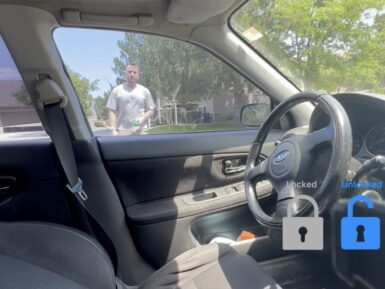
Gravity: 27 Pcs Sensor Set for Arduino
Sold outExcellent bundle with some of the most popular sensors: start measuring light, gas, sound, touch, distance and many other things!
Overview
- Relay Module V2
- Digital RED LED Light Module
- Digital White LED Light Module
- Digital Green LED Light Module
- Digital Blue LED Light Module
- Analog Grayscale Sensor
- LM35 Analog Linear Temperature Sensor
- Analog Ambient Light Sensor
- Digital Vibration Sensor
- Digital Tilt Sensor
- Digital Push Button
- Capacitive Touch Sensor
- Digital magnetic sensor
- Analog Sound Sensor
- Analog Carbon Monoxide Sensor (MQ7)
- Analog Voltage Divider
- Piezo Disk Vibration Sensor
- Analog Rotation Sensor V2
- Joystick Module
- Flame sensor
- Triple Axis Accelerometer MMA7361
- Digital Infrared motion sensor
- Sharp GP2Y0A21 Distance Sensor (10-80cm)(3.94-31.50")
- Soil Moisture Sensor
- Digital Push Button (Red)
- Digital Push Button (White)
- Steam Sensor
The wiki for these sensors and devices makes it easy to start learning. So save by purchasing them together and start experimenting now!
Get Inspired
Robot using Arduino Nano 33 BLE Camera Shield.

A lot of newer cars have a really nifty feature called “proximity unlock,” which automatically unlocks the doors when the driver approaches while carrying their key fob. When paired with a push-to-start ignition switch, the driver never has to take their keys out of their pocket. But Nick’s 2004 Subaru STI is too old to have come with that feature from the factory, so he used a couple of Arduino boards to create a DIY proximity unlock system. Car manufacturers need to pay serious attention to security when designing their access and ignition systems, but Nick had a bit more freedom. It is unlikely that any thieves would suspect his car of possessing a feature like this and so they wouldn’t even bother trying to hack it. Nick’s proximity unlock works by evaluating the received signal strength indicator (RSSI) of Bluetooth® Low Energy connection. If all else is equal, RSSI is inversely proportional to distance and that makes it useful for rough proximity detection. An Arduino Nano 33 BLE inside the car unlocks the doors when it has an active BLE connection with an RSSI over a set threshold. It unlocks the doors by shorting the switch with a 12V relay and it receives power from the car’s 12V system through a buck converter. The driver-carried device (equivalent to a key fob) can be either another Nano 33 BLE or Nick’s smartphone. In fact, it can be any device with a BLE adapter, so long as it can connect to the in-car Arduino with the proper device name. Now, Nick can enjoy his classic car and the convenience of proximity unlock.








